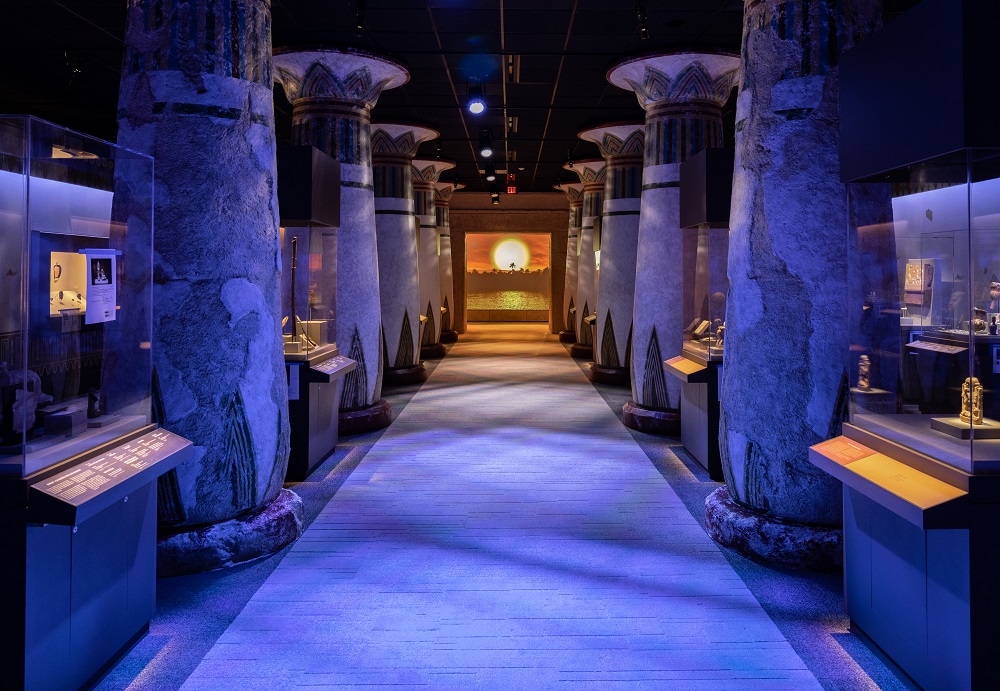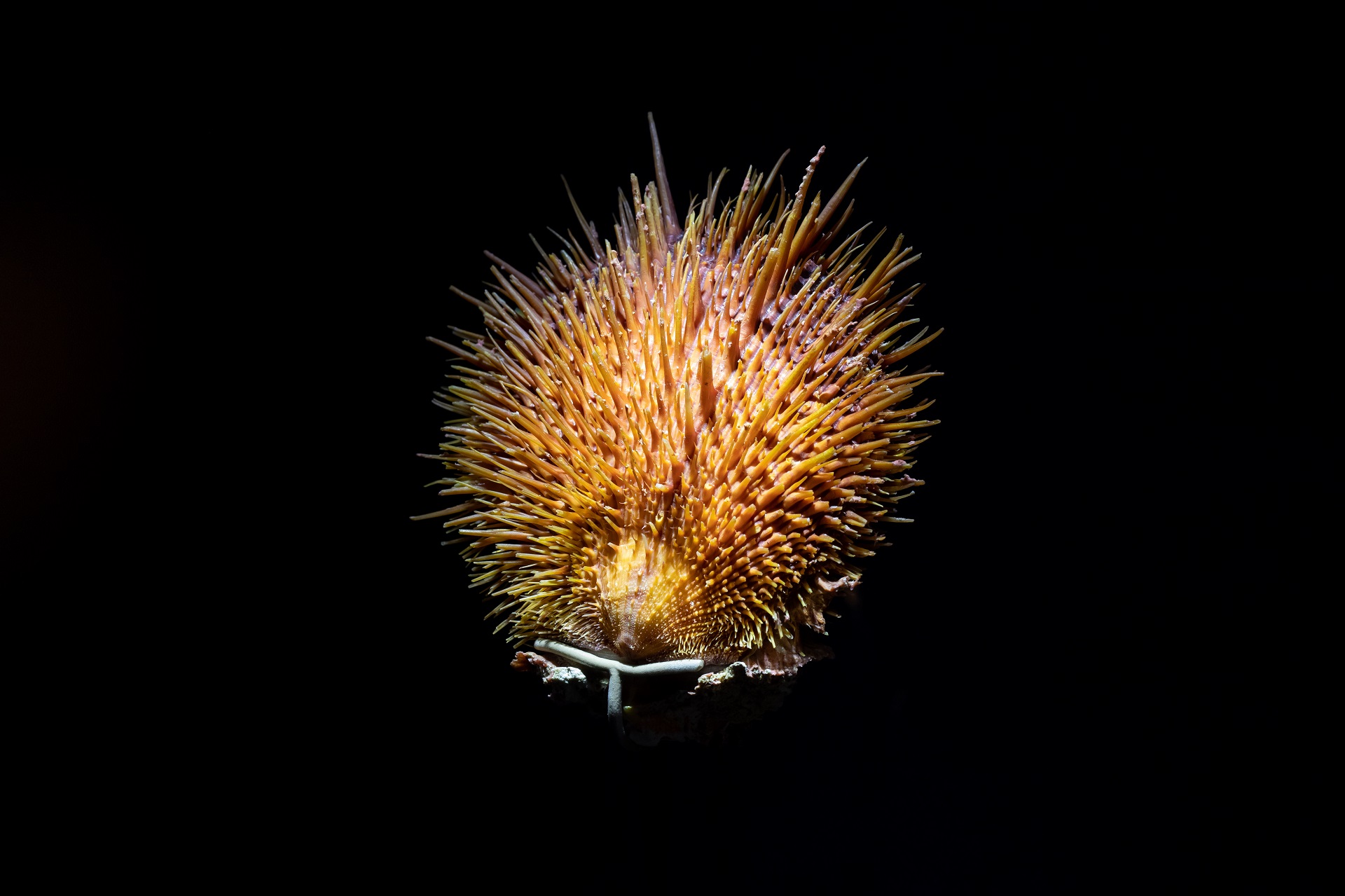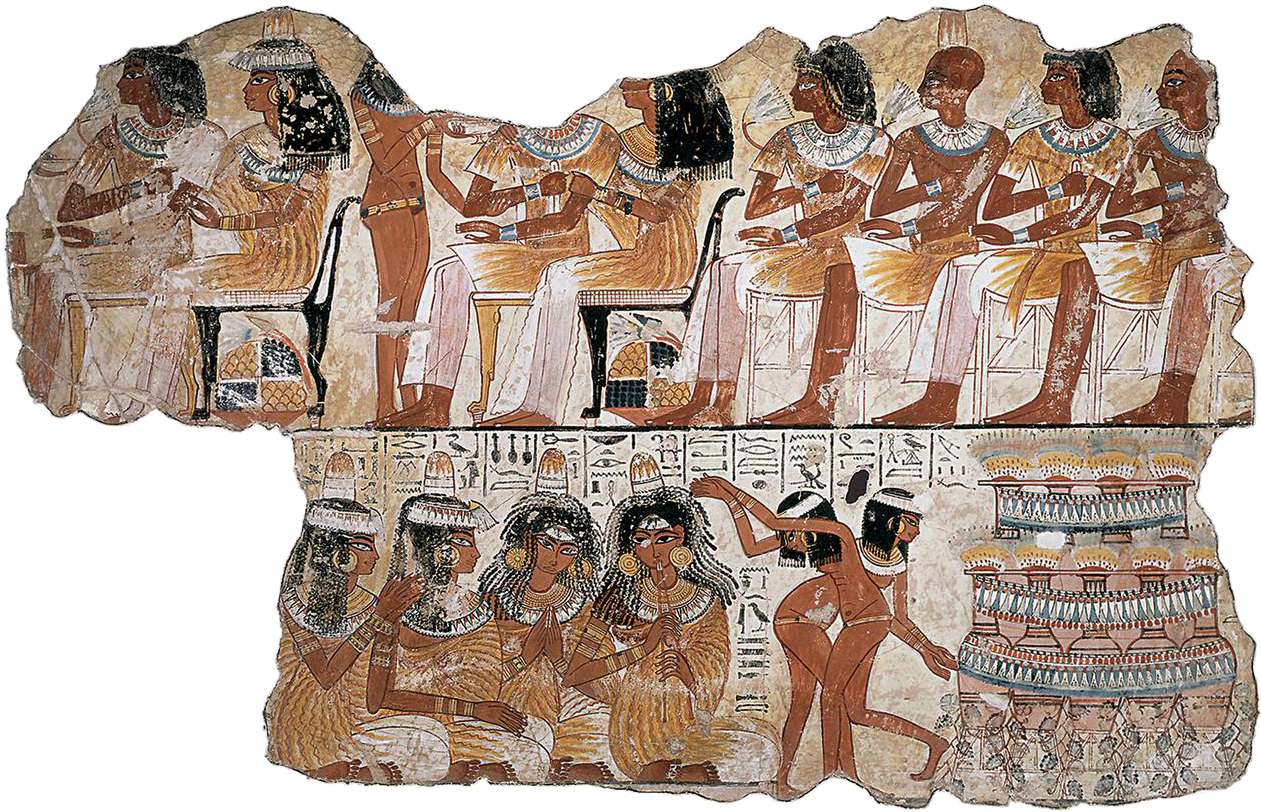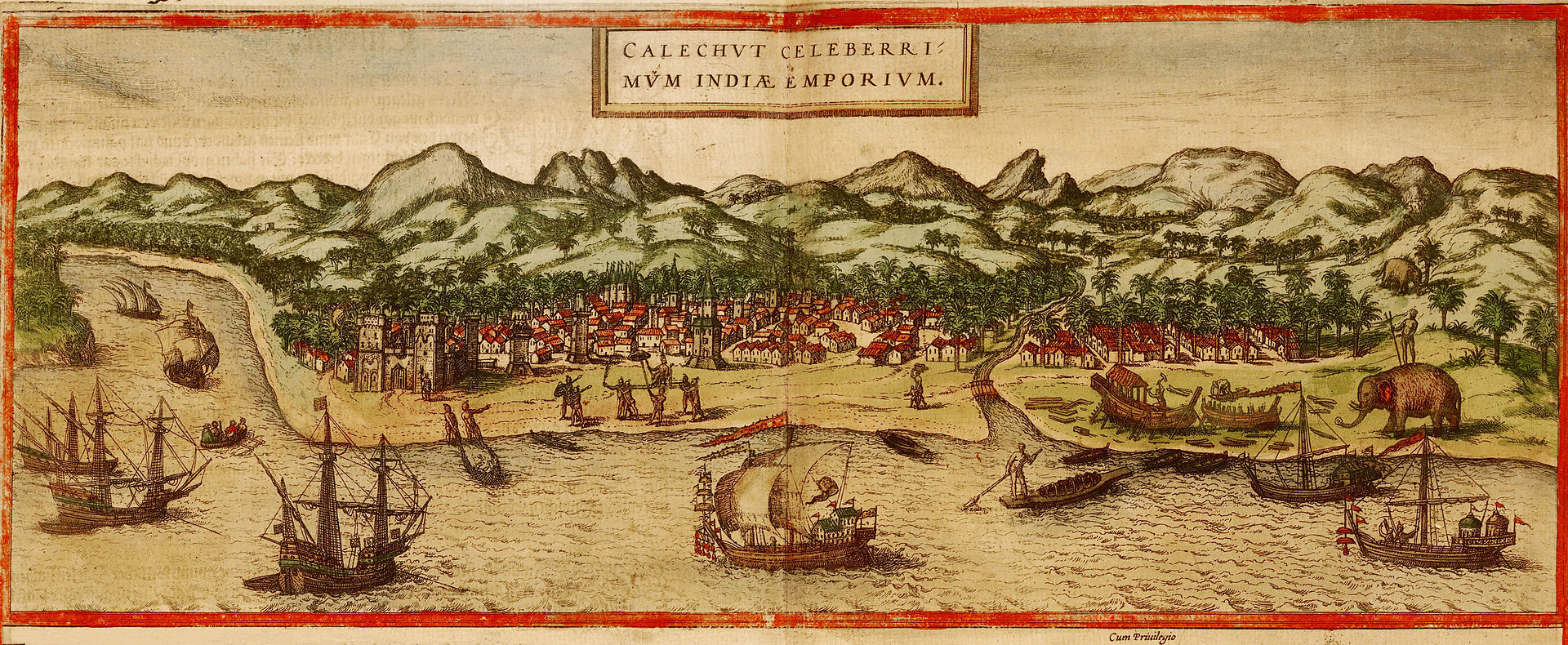by Kaylee Gund
During a recent visit to the Museum’s offsite collections storage, one carving in particular caught my eye — the Nimba (D’mba). After living in Guinea for over a year, I immediately honed in on the familiar polished wood of the Nimba among the other West African pieces.
The Nimba is a symbol of feminine power and fertility, carried on someone’s shoulders around the fields to ensure a bountiful harvest. It wasn’t one of the traditions in the region where I lived, but I still saw the Nimba almost every day in my village on the corner of the 5,000 FG (franc guinéen) note.
Among many other traditional symbols, the Nimba has become an expression of national pride, as evidenced by the Guinean bank’s use of it on currency and as its logo. Guinean currency is an interesting mix of national and local identity. Each denomination represents a different culturally distinct region of the country, showing important symbols and economic activities for that region.

A gold mining operation appears on the back of a 500 FG note, paying homage to the major source of income for the Siguiri prefecture.
Haute Guinée, the eastern plateau, is featured on the 500 FG, complete with an image of gold mining on the back. A major source of income for the Siguiri prefecture, gold mining was also an occasional source of exasperation for schoolteachers, as our students would often leave for months at a time during a gold rush and “cherchent l’or,” or “search for gold.”
As you’ve probably noticed, the number of zeros behind monetary amounts in Guinea can be a bit intimidating. Pictured above is a whopping 16,600 FG, worth a little over $2 in the U.S.
What can all this money buy?
Bags of clean drinking water are sold for 500 FG each. Drinking water from the well is ill advised, so this is a worthwhile investment at $0.07.
At the peak of mango season, everyone has more fruit than they know what to do with. It spoils fast with no refrigeration, so piles of mangoes are sold for 2,000 FG (less than $0.30).
Prepared food, like this rice with potato leaf sauce, costs between 5,000 and 7,000 FG for a plate (around $1).
So many mundane things require money that it’s easy to forget what an incredible symbol it can be. Guinean currency gives a glimpse into the many traditions of its different regions, and while there is occasionally ethnic strife between groups and the road to democracy is still rocky, the entire nation is unified in using Guinean francs.
Culture is an incredible thing, and we’re lucky enough to have access to a rich treasure trove of it: from Ancient Egypt to the Amazonian rainforest, even the smallest things can hold great significance.
Next time you’re about to spend a dollar, take a look at what’s on it. You might be surprised!
Editor’s Note: Kaylee Gund is in Youth Education Sales at the Houston Museum of Natural Science. During her time in the Peace Corps, Gund was placed in Guinea to teach chemistry in the country’s national language, French.













